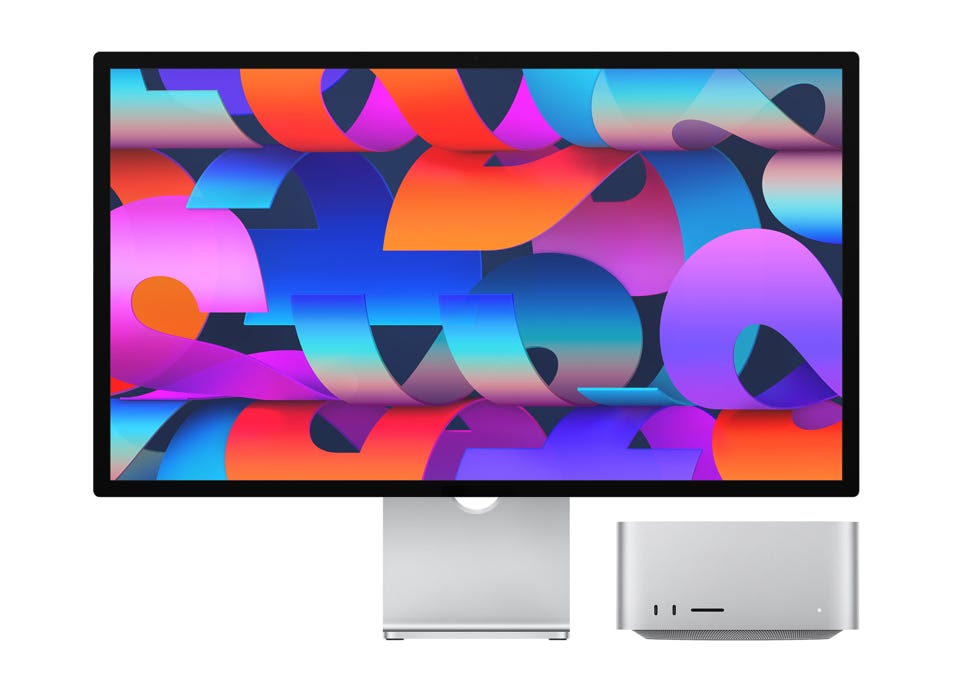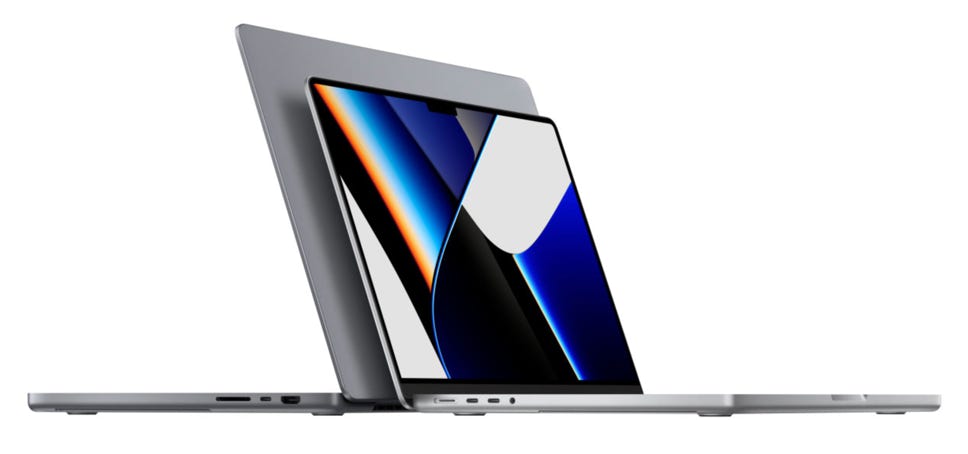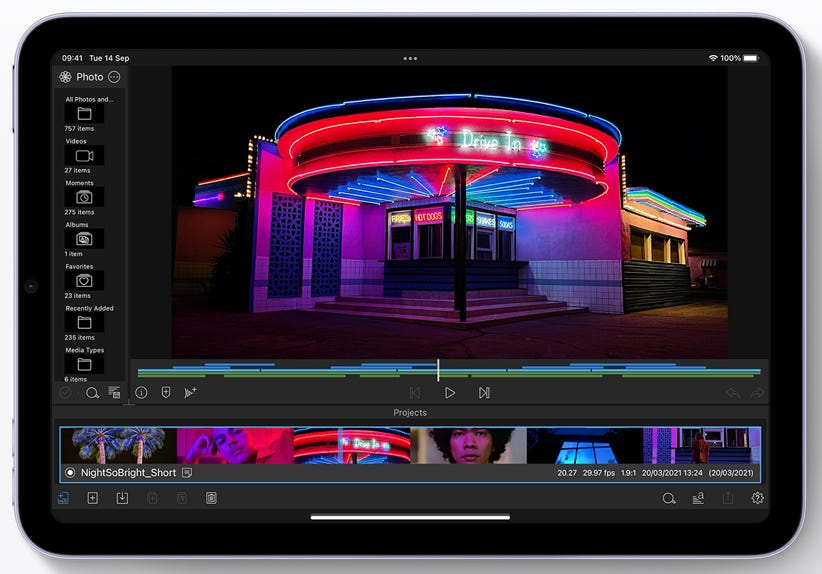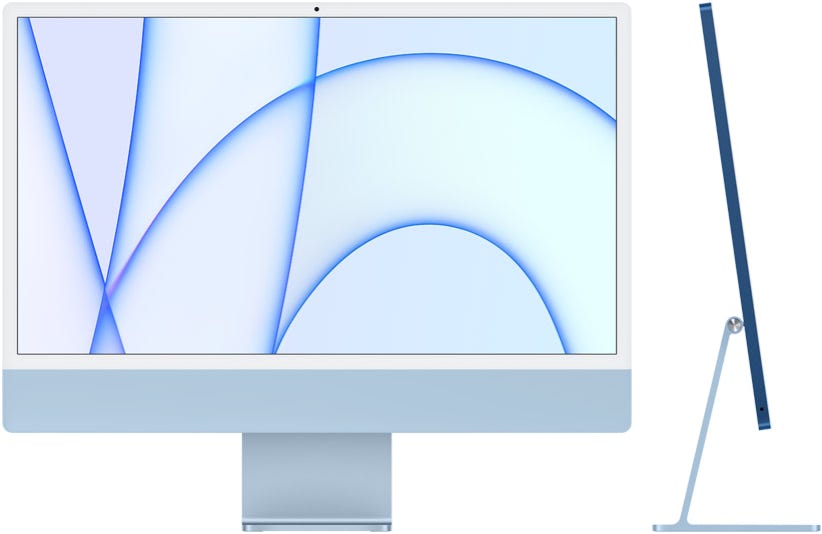Three Macs were released in December 2020 which use the new M1 chip from Apple instead of the Intel i3/i5/i7/i9 series of CPU. The MacBook Air 13”, MacBook Pro 13”, and the Mac mini. All three machines look nearly identical on the outside to the Intel based machines they have replaced.
The M1 processor is a laptop/desktop version of the A series processors which are used in Apple products such as the iPhone, iPad and Apple TV. It includes 8 processor cores (4 high performance, 4 energy efficient), 7 or 8 graphics cores, 8GB or 16GB of RAM, an image signal processor, NVMe controller, thunderbolt 4 controller, secure enclave, plus many other functions, all integrated into one IC.
One of the main advantages of the M1 is performance, the high performance cores have achieved some of the highest single core benchmark results ever seen. The single chip design allows the unified memory (RAM) to be accessed simultaneously and at very high speed by all the different sections of the M1 processor, removing the need to move data between say the CPU and GPU.
The M1 MacBook Air is claimed to be around 3.5 times faster than the older Intel MacBook Air it has replaced, with up to 5 times the graphics performance.
The other advantage of the M1 is its low power consumption, which allows an M1 powered laptop to easily run for a full day on a single charge (18 hours for the MacBook Air). This has also reduced operating temperatures. The MacBook Air has not been fitted with a fan, it is now completely silent, and the fan on the MacBook Pro and Mac mini very rarely operate at more than minimum speed.
So far reviews of the M1 range of machines have been very good. Performance is excellent, the machines are cool and silent, and battery life is superb.
Applications are slowly being updated to contain both M1 and Intel code resources, and Intel only applications can still be run by using technology in Big Sur which converts the Intel code to M1 code before an application starts. The M1 machines can also directly run a large number of iPad and iPhone applications.
Over the next couple of years Apple are planning on replacing all of the existing Intel based machines with M1 based (Apple Silicon) machines. Newer versions of the M1 processor will probably include more processor and graphics cores plus more memory. It is not yet known if Apple will continue to include dedicated graphics cards in the higher end machines, or replace them with more graphics cores within the processor itself or introduce an Apple Silicon based graphics card.
These new machines are the start of something big for Apple. Any new Macs will now not only be very well designed, well constructed and easy to use, but will also be incredibly powerful, quiet, and with superb battery life. Other manufacturers will have trouble competing unless they also start designing their own range of highly efficient, highly integrated processors.




